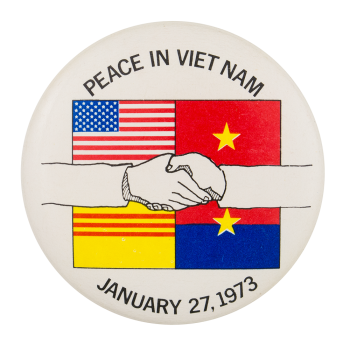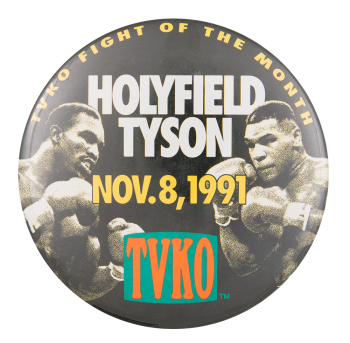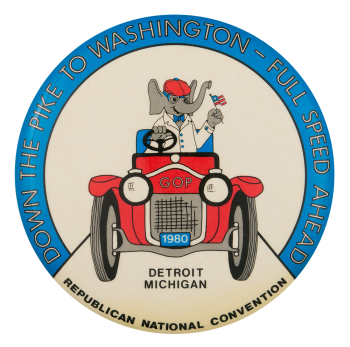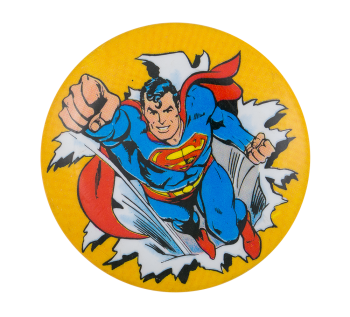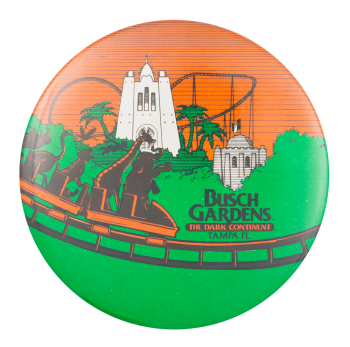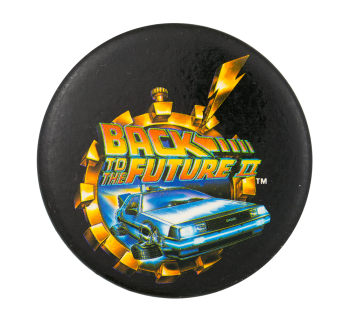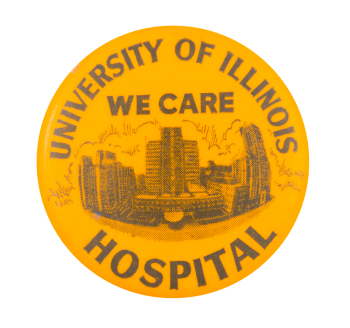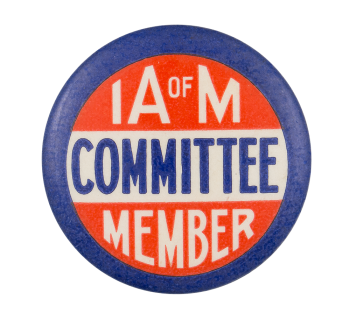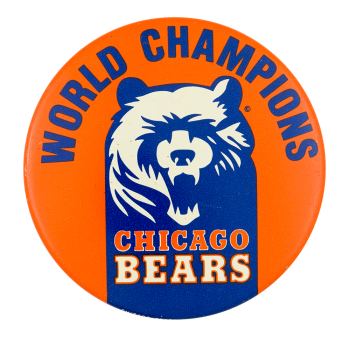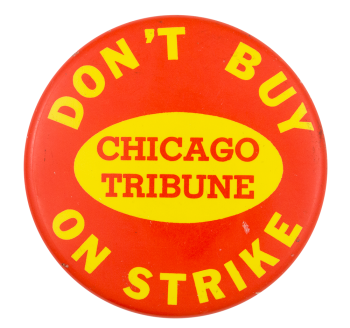Peace in Viet Nam
| Category | |
|---|---|
| Additional Images | |
| Sub Categories | |
| Text on Button | PEACE IN VIET NAM JANUARY 27TH, 1973 |
| Image Description | White button with black text. An image of hands shaking over the US and Viet Nam's flags is in the center. |
| Back Style | |
| The Shape | |
| The Size | |
| Year / Decade Made | |
| Additional Information | In 1973, after five years of negotiations, the Paris Peace Accords were finally signed to bring an end to the Vietnam War. The four signers represented the United States, the Democratic Republic of Vietnam (otherwise known as North Vietnam), the Provisional Revolutionary Government of Vietnam (otherwise known as Viet Cong), and the Republic of Vietnam (otherwise known as South Vietnam). The agreement contained a cease fire and a promise to remove all foreign troops from the country. |
| Catalog ID | EV0299 |

